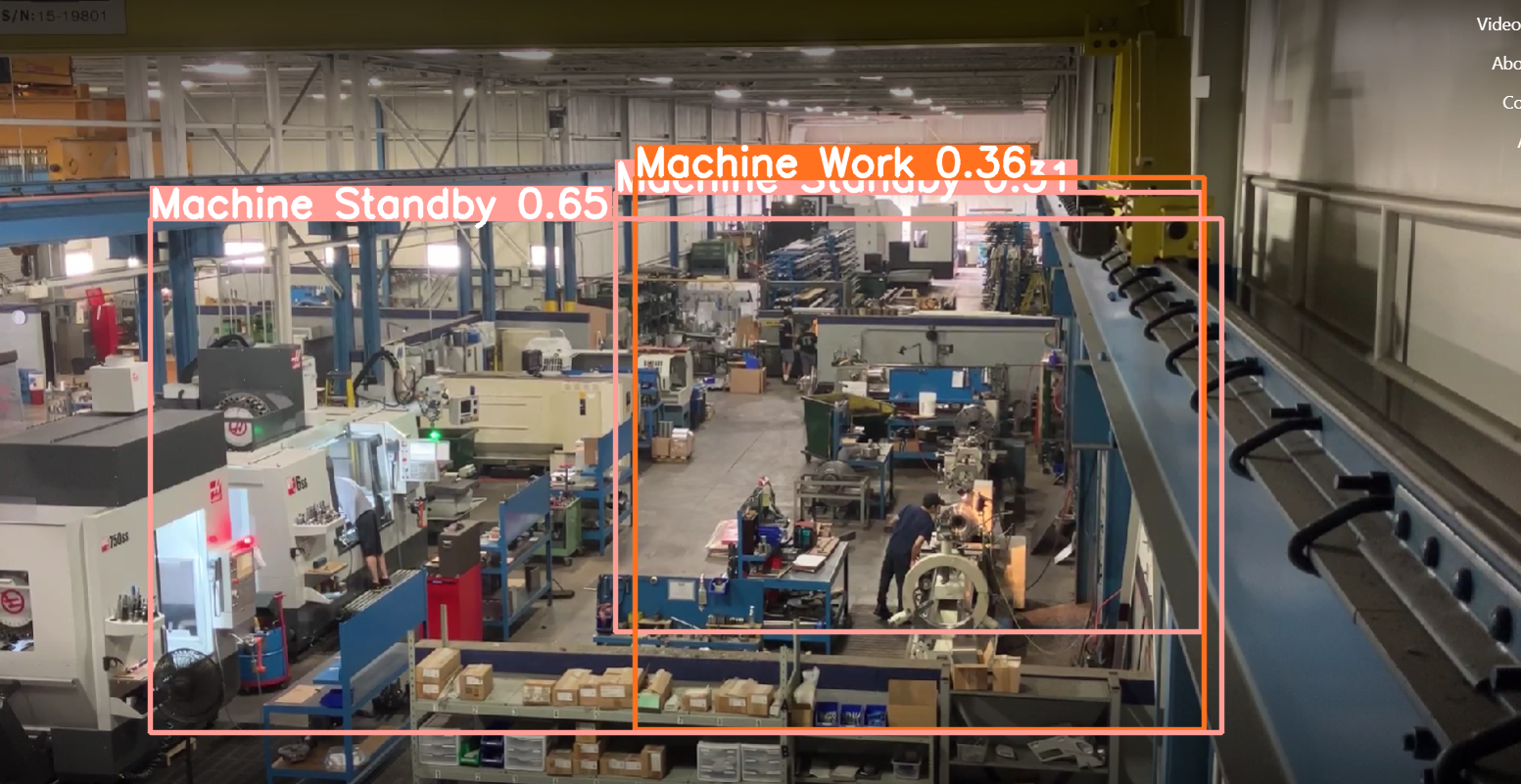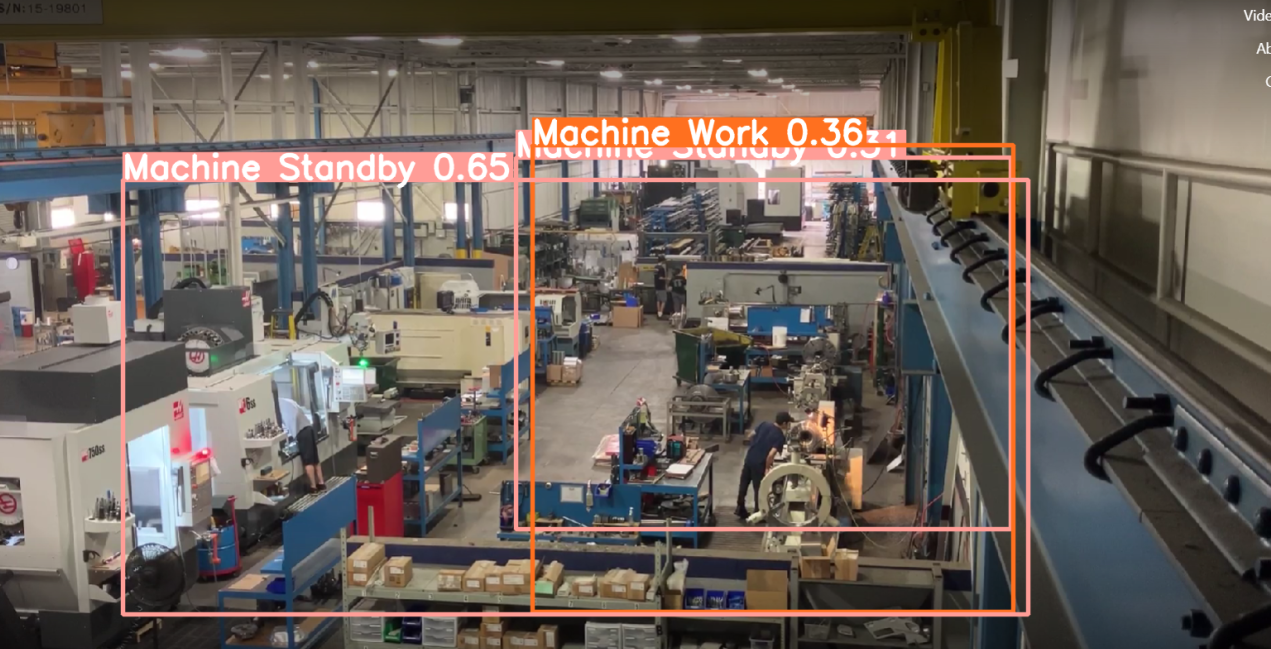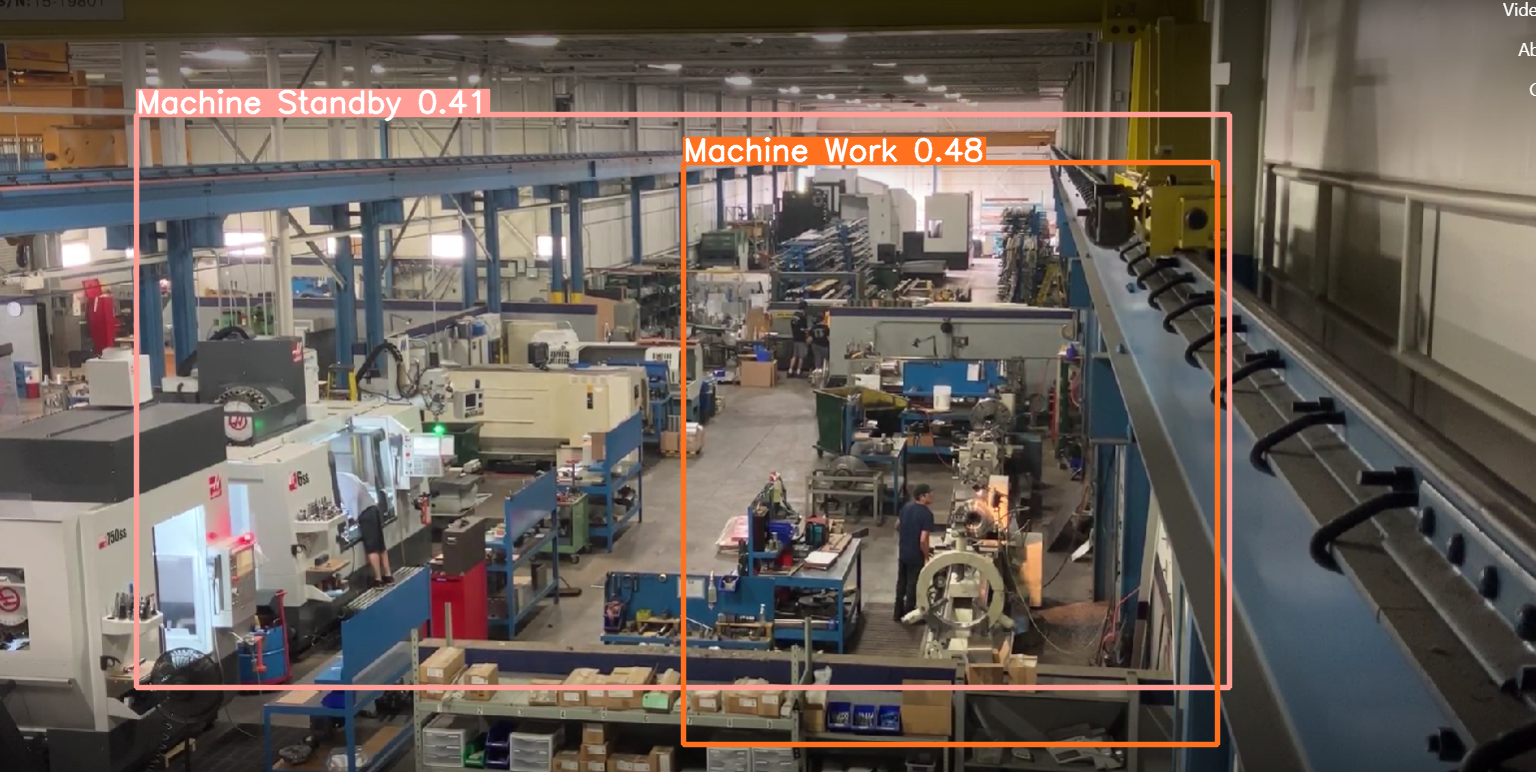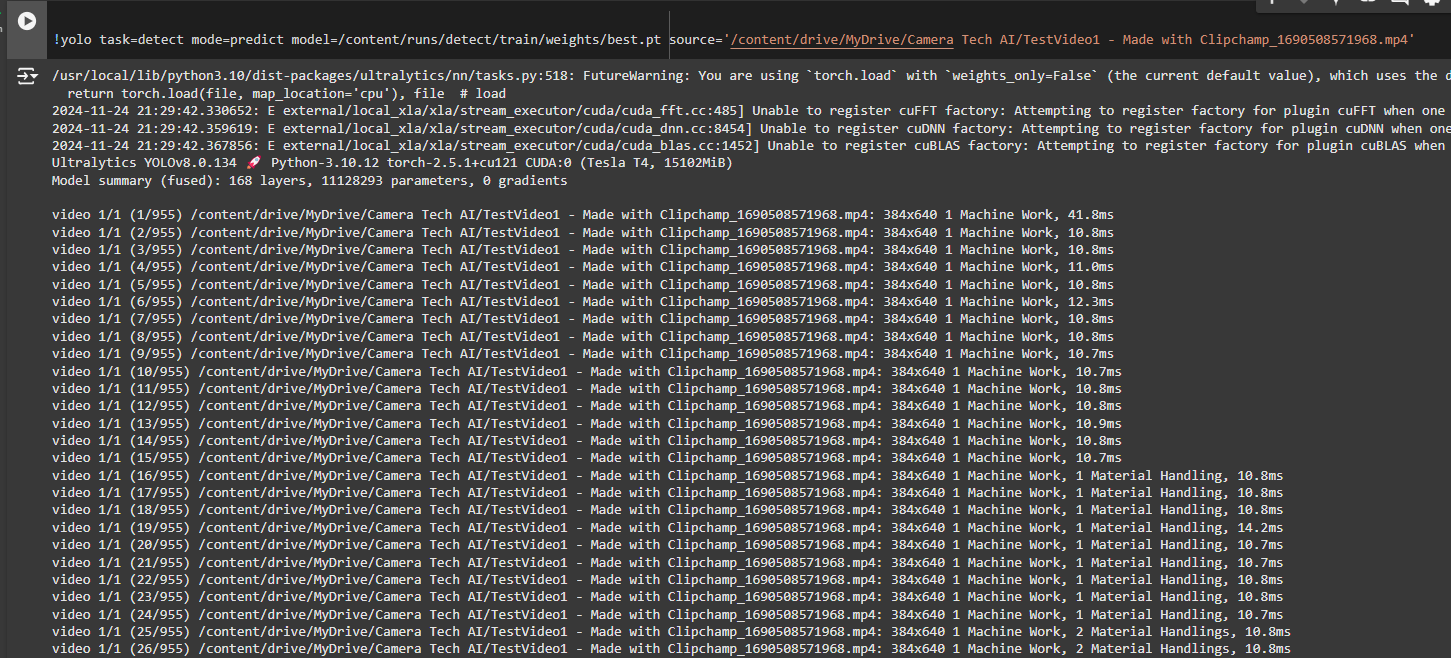AI Productivity Analysis


The AI Productivity Analysis project leverages machine learning and computer vision to analyze workplace productivity patterns and optimize operational efficiency. By processing visual data from workplace environments, the system identifies bottlenecks, inefficiencies, and opportunities for improvement without compromising employee privacy.
This innovative solution combines real-time monitoring with predictive analytics to provide actionable insights for management, helping organizations enhance productivity, streamline workflows, and create more effective work environments while maintaining ethical standards for workplace monitoring.

Developed and trained custom neural networks for activity recognition and productivity pattern analysis. The system uses a combination of convolutional neural networks (CNNs) for image processing and recurrent neural networks (RNNs) for temporal pattern recognition, enabling accurate identification of workflow patterns and productivity metrics.
Implemented a sophisticated computer vision pipeline using OpenCV and TensorFlow to process visual data while preserving privacy. The system applies anonymization techniques such as face blurring and silhouette extraction to ensure that individual identities are protected while still capturing meaningful productivity data.
Created a comprehensive data analytics framework using Python, Pandas, and NumPy to process and interpret the collected data. The framework includes statistical analysis tools, visualization components, and reporting mechanisms that transform raw productivity data into actionable insights for management decision-making.
Designed a privacy-first architecture that processes data locally whenever possible and implements strict data retention policies. The system uses federated learning approaches to improve models without centralizing sensitive data, and includes comprehensive audit trails to ensure compliance with privacy regulations.




Conducted extensive research on workplace productivity metrics, ethical monitoring practices, and privacy regulations. Gathered requirements from stakeholders to define the scope and objectives of the system.
Collected and annotated training data from controlled environments with participant consent. Developed data preprocessing pipelines to clean, normalize, and anonymize the data for model training.
Designed and implemented machine learning models for activity recognition and productivity analysis. Trained models using the prepared dataset and fine-tuned parameters to optimize performance.
Integrated the trained models with the computer vision pipeline and data analytics framework. Developed APIs and interfaces for seamless communication between system components.
Conducted rigorous testing to validate system accuracy, performance, and privacy safeguards. Performed user acceptance testing with stakeholders to ensure the system met all requirements.
Deployed the system in a controlled production environment and established monitoring protocols. Implemented feedback mechanisms to continuously improve system performance and accuracy.
The AI Productivity Analysis system has demonstrated significant positive impact on workplace efficiency and organizational decision-making. Implementation in test environments has shown measurable improvements in productivity metrics while maintaining high standards for employee privacy and ethical monitoring.
The system's insights have enabled organizations to optimize workspace layouts, refine workflows, and identify training opportunities, leading to enhanced operational efficiency and employee satisfaction.

Challenge: Balancing effective monitoring with employee privacy rights and regulatory compliance.
Solution: Implemented comprehensive anonymization techniques, local processing, and strict data retention policies to ensure privacy while maintaining analytical capabilities.
Challenge: Achieving high accuracy in diverse workplace environments with varying lighting, layouts, and activities.
Solution: Developed adaptive models with transfer learning capabilities and implemented data augmentation techniques to improve generalization across different environments.
Challenge: Translating raw productivity data into meaningful, actionable insights for management.
Solution: Created an intuitive dashboard with customizable visualizations and automated reporting features that highlight key trends and recommendations.
Challenge: Integrating the AI system with existing workplace technologies and workflows.
Solution: Designed a modular architecture with standardized APIs that facilitate seamless integration with various enterprise systems and technologies.